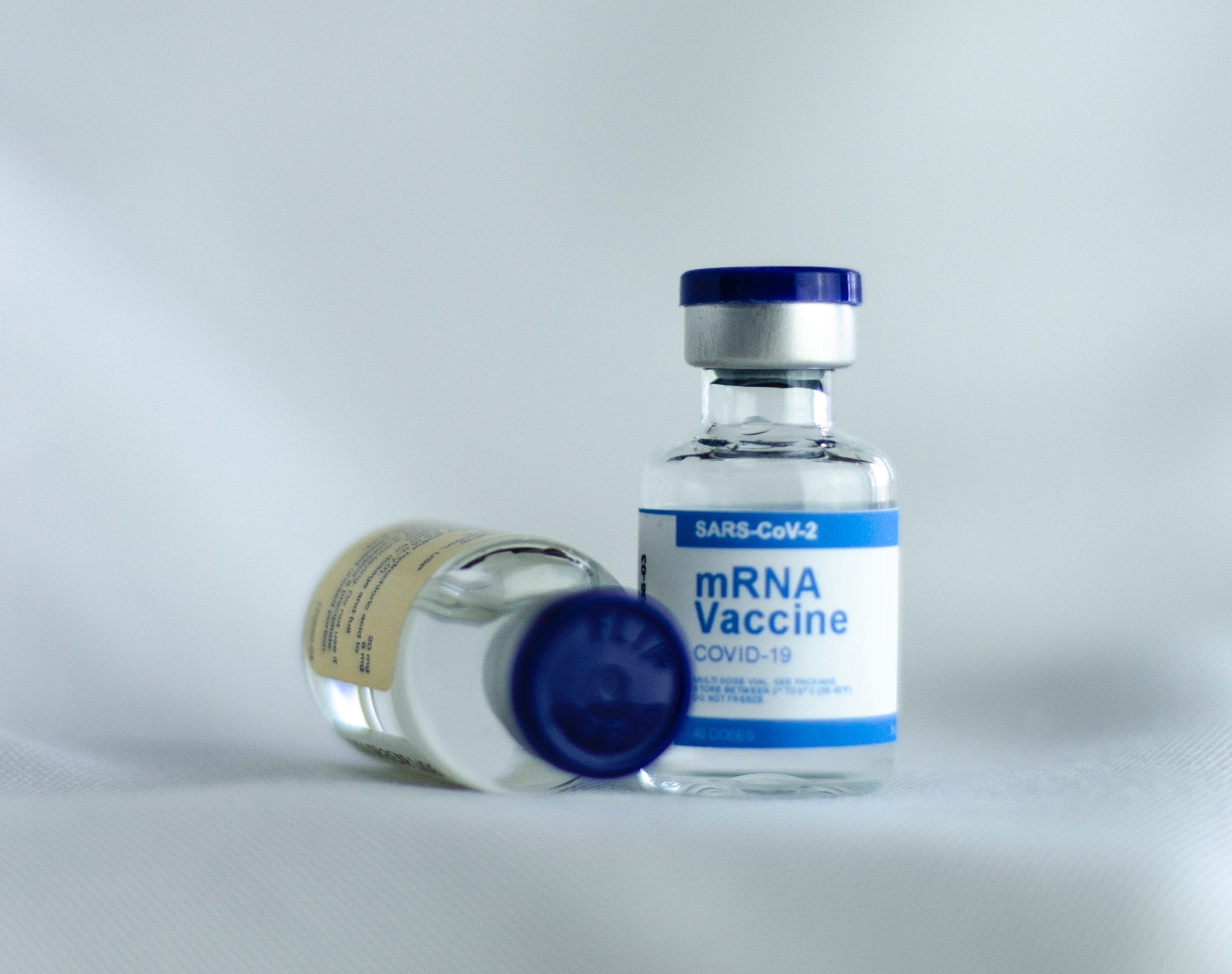Thimerosal, a preservative used in vaccines, metabolizes into ethylmercury, a form of organic mercury. Its use has raised concerns because mercury is a neurotoxicant—a substance that damages nerve tissue and can accumulate in the brain and elsewhere in the body. It’s unknown whether any level of exposure to mercury is safe.
Based on mercury’s neurotoxicity and the increasing incidence of autism, some health experts have hypothesized that use of thimerosal-containing vaccines (TCVs) is contributing to the increase. Much of the concern focuses on the exposure of vulnerable populations—pregnant women and their unborn fetuses, and children. As a precautionary measure, in 1999 the U.S. Public Health Service, American Academy of Pediatrics (AAP), and vaccine manufacturers agreed to reduce or eliminate thimerosal in pediatric vaccines to avoid exposing patients to mercury. However, thimerosal as a preservative for influenza vaccine continues—and is in dispute.
Uncertainty over a thimerosal-autism connection
In 2001, an Institute of Medicine (IOM) report concluded that an association between TCVs and autism was biologically plausible and that not enough evidence exists to either accept or reject a relationship between the two. In 2004, a second IOM literature review stated that enough evidence exists to reject a TCV-autism connection. The AAP drew a similar conclusion.
However, not all scientists are convinced. New studies add more weight to the biological plausibility of the TCV-autism connection and point to remaining uncertainties. One knowledge gap the studies identified is whether some autistic children are more susceptible to mercury or other neurotoxicants than the general population. Another study noted that the metabolism and actions of thimerosal in the body are not sufficiently understood and more research is needed to determine potential developmental effects in infants.
Vaccines prevent disease therefore are an important part of our public health program. The AAP recommends annual influenza immunizations for all children from age 6 months. The controversy of the TCV issue threatens trust in vaccine safety by parents thus compromising the success of vaccine administration programs when consent for administration of vaccine is withheld.
The American Nurses Association (ANA) has not drawn conclusions about a link between thimerosal and autism. However, its Board of Directors adopted the “precautionary principle” in 2003. This principle states that “when an activity raises threats of harm to human health or the environment, precautionary measures should be taken even if some cause and effect relationships are not fully established scientifically.”
It’s reasonable to use a precautionary approach when a biological plausibility exists that an activity presents a threat to human health, when scientific uncertainty about the effects of the activity exist, and when safer alternatives are available. TCVs meet the criteria for biological plausibility and uncertainty. In addition, safer alternatives exist.
Thimerosal is required in multidose vials for safe storage between uses. However, slightly more expensive non-TCV single-dose vials and prefilled syringes are available. It may be that manufacturing larger quantities of non-TCV vaccine will decrease the cost due to economies of scale. At least one vaccine manufacturer said it would increase production of non-TCV vaccine if demand calls for it.
ANA’s position statement
Using the precautionary principle as a guide, the ANA Board passed a position statement on TCVs in 2006. This statement:
• urges pharmaceutical companies to develop technology to produce seasonal influenza vaccine without using thimerosol…and cease using thimerosol…
• urges pharmaceutical companies to increase the availability of single-dose vials and prefilled syringes…
• in recognition of a public health emergency, urges use of the available vaccine in the event of a pandemic influenza and/or avian influenza pandemic, to help protect registered nurses and their families, patients, and communities from extending the outbreak
• recognizes the World Health Organization’s leadership role in promoting alternatives to using multidose vials of TCVs in the developing world.
Marian Condon, MS, RN, is Senior Staff Specialist in ANA’s Center for Occupational and Environmental Health.


















